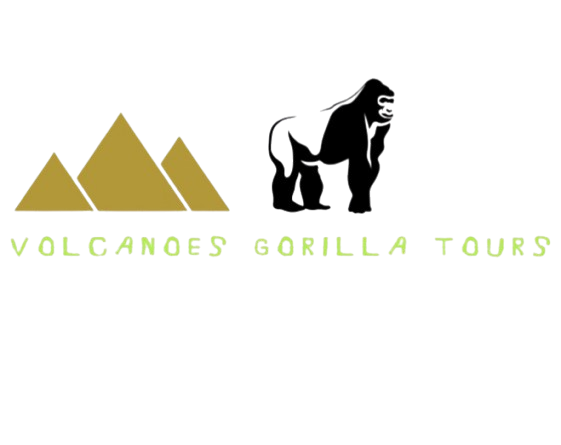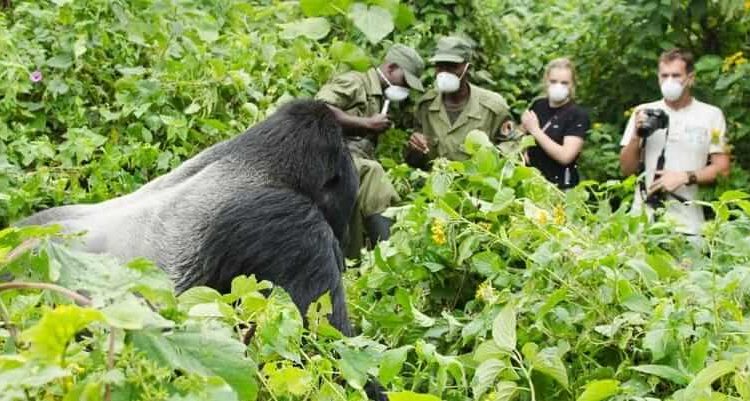Volcanoes National Park
In the far northwestern reaches of Rwanda lies a place where mist cloaks ancient volcanoes, dense forests hum with the calls of primates, and the land itself feels alive with mystery. This is Volcanoes National Park, a destination that has captivated travelers, conservationists, and adventurers for decades. Known locally as Parc National des Volcans, the park is one of Africa’s most iconic wildernesses, famous as the sanctuary of the endangered mountain gorilla and as the landscape that inspired the life and work of Dian Fossey, whose research and devotion to conservation changed the world’s understanding of these great apes.
Volcanoes National Park is more than a wildlife reserve. It is a living symbol of Rwanda’s natural and cultural heritage. It embodies resilience, as the country that hosts it has itself emerged from tragedy with renewed strength. To step into its mist-shrouded trails is to enter not only a biodiversity hotspot but also a story of hope, survival, and ecological interconnectedness.
Spanning about 160 square kilometers, the park forms part of the greater Virunga Conservation Area, a transboundary ecosystem stretching across Rwanda, Uganda, and the Democratic Republic of Congo. This shared ecological treasure is defined by towering volcanic peaks, lush bamboo forests, and rich montane ecosystems that support some of the rarest species on Earth. While it is celebrated for gorilla trekking, Volcanoes National Park offers so much more: golden monkeys leaping among bamboo groves, crater lakes reflecting the sky, and cultural encounters that reveal the heart of Rwanda’s traditions.
To explore Volcanoes National Park is to witness one of the last wild refuges of the mountain gorilla, but also to experience Rwanda at its most majestic, raw, and inspiring.




